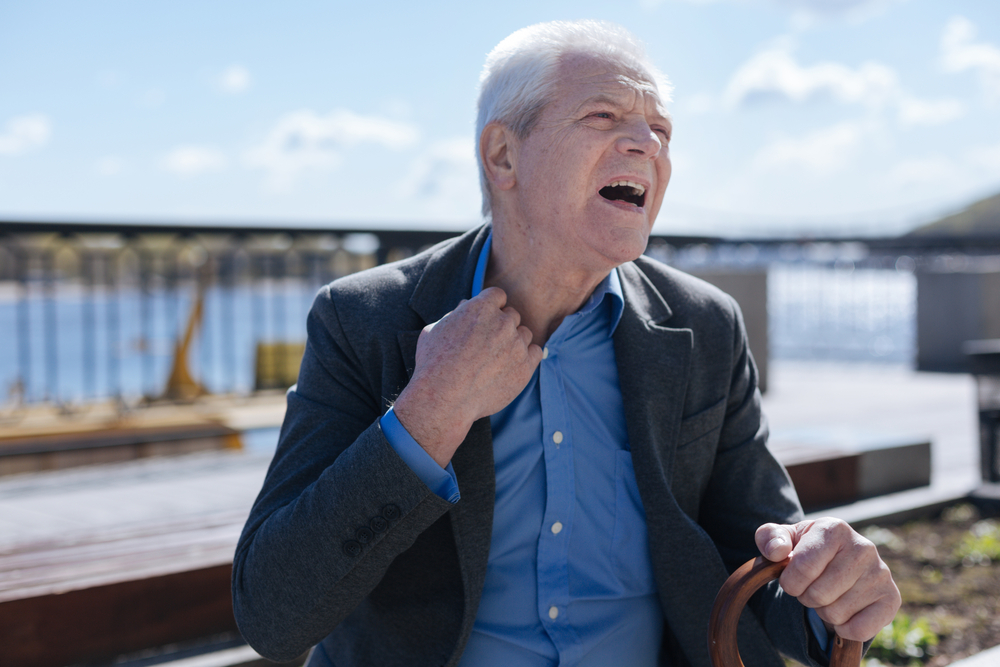An acute upper airway obstruction (UAO) happens when your upper airway is block. A blockage in your airway could prevent your body from getting enough oxygen. A lack of oxygen could cause brain damage, and even a heart attack, in a matter of minutes. The upper airway of your respiratory system consists of the trachea, larynx or voice box, and throat.
Any obstruction of your upper airway has the potential to be life threatening. Seek emergency medical attention immediately.
What Can Cause the Obstruction?
Three of the most common causes of acute upper airway obstruction (UAO) are:
- Anaphylaxis is a severe allergic reaction that can happen within minutes of coming into contact with an allergen, or substance that triggers an allergic reaction. It can be fatal because your airway swells and it obstructs your breathing.
- Croup is a condition that usually causes a harsh, barking cough which is caused by an inflamed windpipe and vocal cords. It is not considered to be a severe condition and it can usually be treated at home.
- Epiglottitis is a condition that occurs as a result of the epiglottis becoming swollen. It can block the flow of air to your lungs and it can be potentially life threatening.
Your airway can also be obstructed if you inhale a foreign object or food.


